Advertisement
New review outlines applications to date, hurdles to overcome
Several years into the era of 3D printing applications for percutaneous treatment of structural heart disease, the benefits of the technology are clear, including utility for device sizing, procedural simulation, anticipation of procedural complications and hemodynamic assessment.
Advertisement
Cleveland Clinic is a non-profit academic medical center. Advertising on our site helps support our mission. We do not endorse non-Cleveland Clinic products or services. Policy
But just as clear are the technology’s current limitations, which include (among others) a lack of data from randomized trials and a lack of accepted methods for evaluating the accuracy of 3D-printed anatomic replicas.
These and other issues in the evolution of 3D printing in structural heart disease are explored in a practical and image-rich review by a team of Cleveland Clinic experts in Circulation: Cardiovascular Imaging (2019;12:e009014).
After concisely reviewing essentials of the process of producing 3D-printed cardiac models, the team surveys the various applications of the technology to date for interventions involving each of the following: aortic valve, mitral valve, tricuspid valve, pulmonic valve, paravalvular leaks and left atrial appendage (LAA) occlusion.
The review notes that applications have been most extensive in the realms of valvular heart disease, particularly innovative approaches. For example, the first-in-human transcatheter tricuspid valve replacement with the GATE™ tricuspid valved stent, from NaviGate Cardiac Structures, was planned and simulated based on 3D printing, as reported in Circulation: Cardiovascular Interventions (2017;10:e005840). Similarly, all subsequent enrolled patients in investigations of this stent had a 3D-printed replica of their heart generated for procedural planning and simulation (see sample in Figure below), as recapped in a prior Consult QD post.
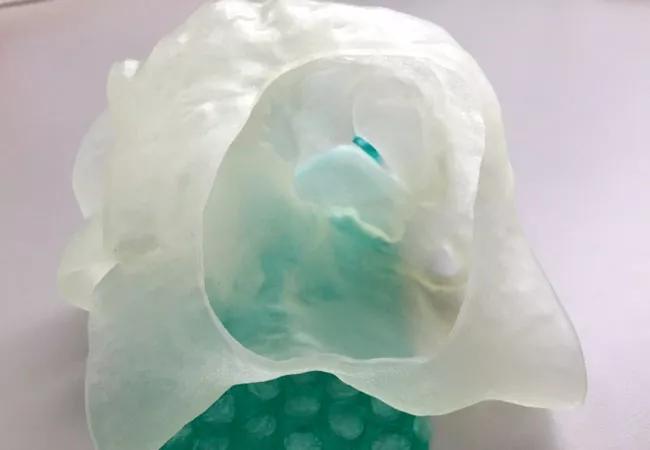

Figure. 3D-printed models of the right side of the heart, including the tricuspid valve, of a patient scheduled to undergo transcatheter tricuspid valve replacement. The photos show the model before (top) and after (bottom) simulation of the procedure through implantation of the GATE tricuspid valved stent.
Here’s a sampling of key observations from the review on a few specific clinical applications of the technology:
Advertisement
The paper also provides guidance for building a 3D printing program for structural heart disease.
A key initial decision is whether to use or develop an in-house 3D printing lab or outsource to a dedicated vendor. The in-house route is more costly in the near term but allows for much greater control and timelier turnaround, whereas outsourcing often can offer greater choice in 3D printing technologies and materials.
“Our experience suggests that a successful 3D printing program for structural heart disease requires several key components,” says the review’s lead author, Serge Harb, MD, of Cleveland Clinic’s Section of Cardiovascular Imaging. “On the staffing side, it’s important to have a cardiac imaging specialist with expertise in multimodality imaging working in close collaboration with an engineer or advanced technologist who intimately understands 3D printing. On the technology side, it’s crucial to have postprocessing software that meets regulatory standards for segmentation as well as access to an advanced 3D printer.”
He adds that any program should use at least two types of materials — one with flexible properties to replicate soft tissues and one with greater rigidity to mimic calcium and devices such as pacemaker leads.
Despite a broad intuitive sense that 3D-printed replicas offer clinical value, no randomized trials have yet scientifically established an additive benefit from 3D printing relative to standard procedural planning. The authors point to transcatheter tricuspid valve replacement (TTVR) as an ideal setting for such a trial, in view of the challenges of intraprocedural imaging and the abundance of new TTVR technologies in development. They envision a potential trial that randomizes TTVR patients to preprocedural planning with or without 3D-printed models and uses feasibility, procedural success and clinical outcomes as primary efficacy measures.
Advertisement
Another challenge is the nature of currently available materials used in 3D printing, which fall short of true replication of the physical and mechanical properties of heart tissue. “This can limit the accuracy of simulated assessments of how tissue will behave in the actual procedure,” notes Cleveland Clinic Cardiovascular Medicine Chair Samir Kapadia, MD, a co-author of the review. “But the materials used in 3D printing are continually improving, so we expect this limitation to diminish over time.”
The fact that the heart is a moving structure — unlike other organs for which 3D-printed replicas are generated — poses an additional challenge: Which phase of the cardiac cycle should a single 3D-printed model capture?
“This decision is tailored to the anatomy and the procedure at hand,” explains Dr. Harb. “When we acquire the volumetric imaging needed to generate a 3D-printed model, we do so throughout the cardiac cycle and then decide which phase is most relevant to the specific intervention planned.” For example, he says, because tricuspid regurgitation is a systolic problem, models for guiding its repair are typically printed in systole to show how the patient’s unique anatomy behaves when the valve is closed.
Further challenges include funding and a lack of reimbursement structure, which have limited the use of 3D printing largely to research institutions and teaching hospitals, as well as the absence of an accepted methodology for generating models. While the funding problem invites no easy solutions, the latter challenge is more manageable.
“In our review we call for guidelines to standardize image acquisition and postprocessing techniques to ensure best practices for accuracy and reproducibility,” concludes Dr. Kapadia. “This is an important next step toward realizing the full potential of 3D printing to reshape the diagnosis and percutaneous treatment of complex structural heart disease.”
For the full review, visit Circ Cardiovasc Imag. 2019;12:e009014.
Advertisement
Advertisement

Patient-patient network analysis proves to be fast and clinically intuitive
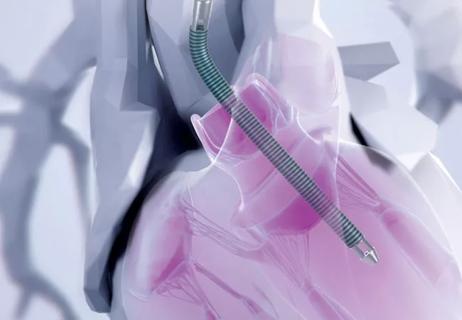
How we’re using a new multidisciplinary approach to broaden the benefits of ablation
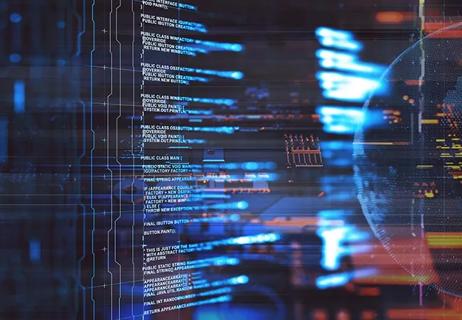
Models developed with promising accuracy and generalizability to clinical practice
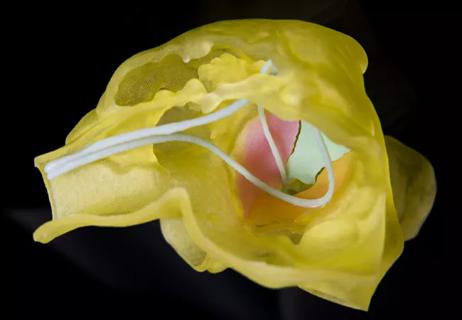
Illustrated case series profiles a valuable tool for a rare and complex entity

Keys to success include a team-based approach and integration into clinical workflow
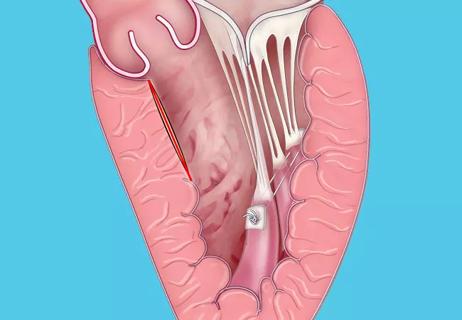
A minimally invasive, single-incision approach to two coexisting problems
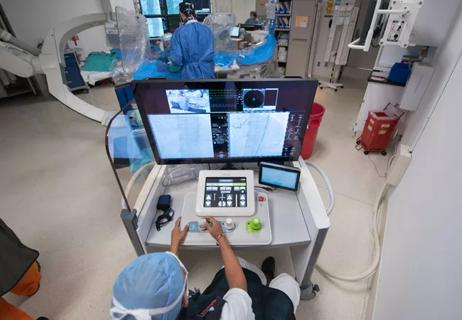
A long-overdue technology is poised to reshape practice
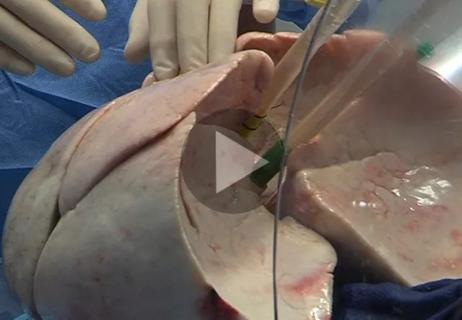
A short video portrait and overview of our experience to date